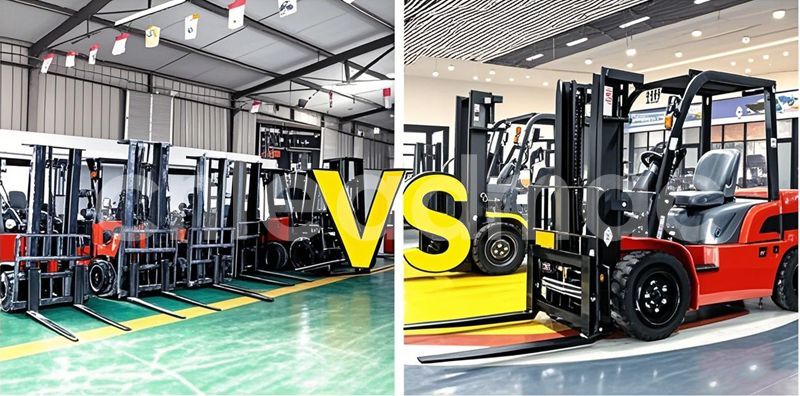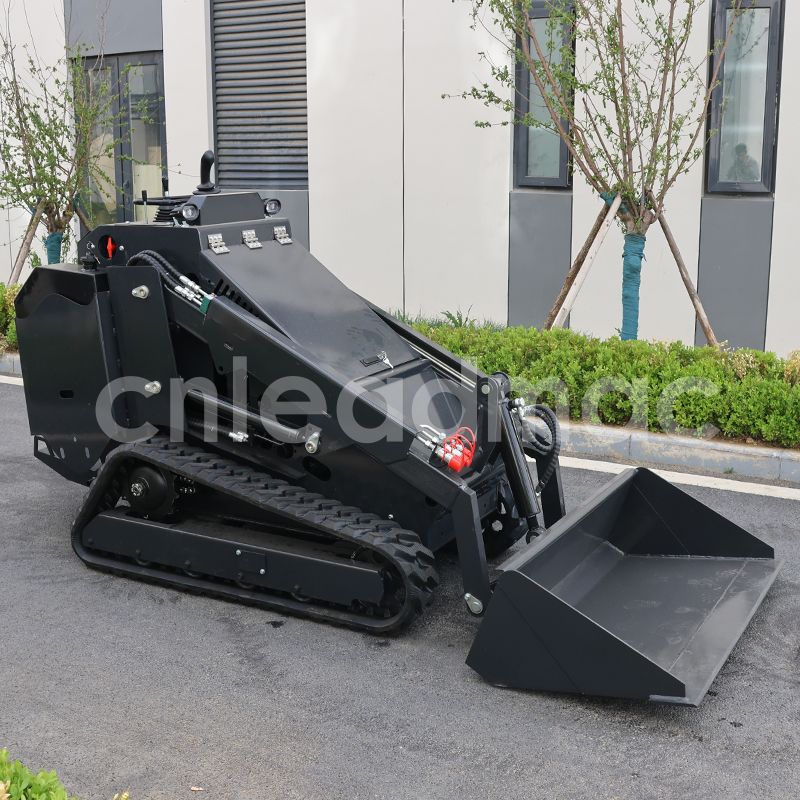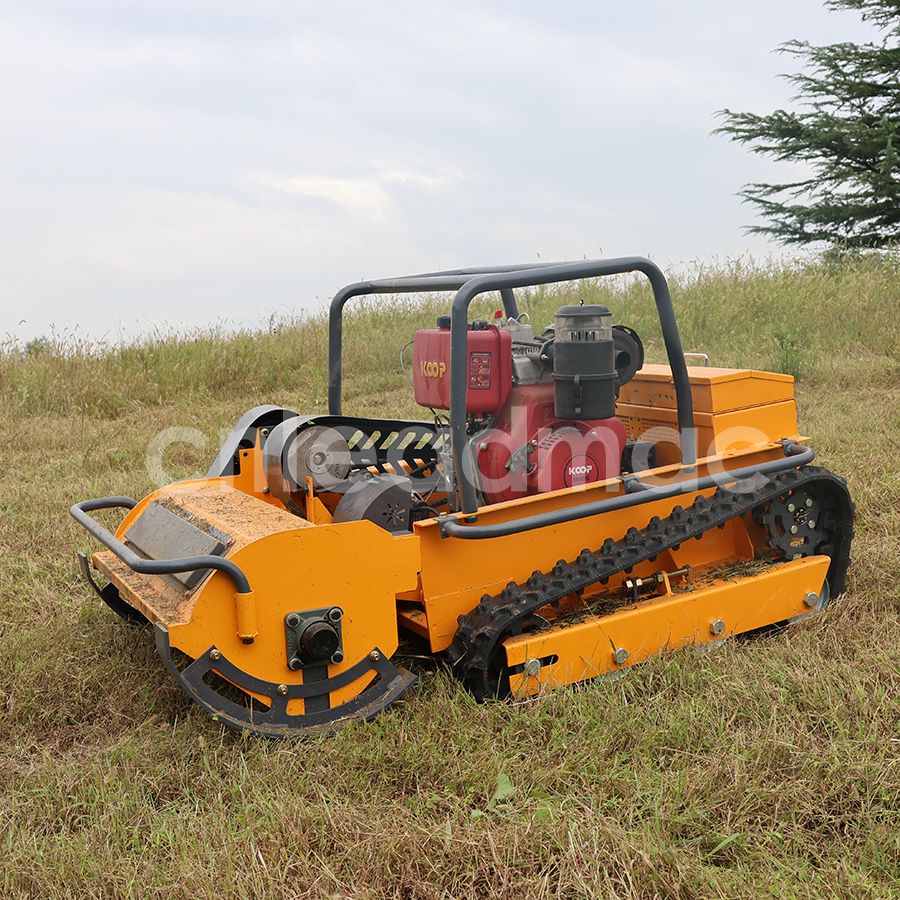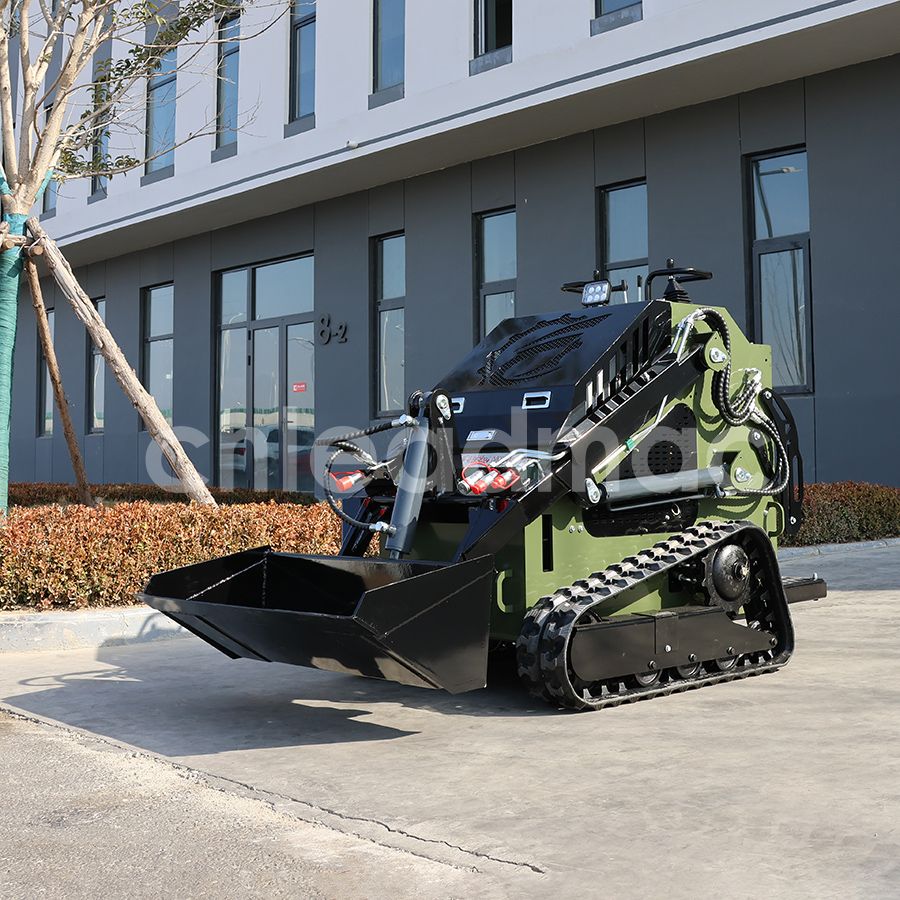
I. Core Differences: Power Source Determines Scene-Specific Characteristics
1. Power Systems and Energy Supply
Electric Forklifts: Powered by batteries or grid electricity, driven by electric motors. Main configurations include lead-acid batteries (low cost, long lifespan) and lithium batteries (fast charging, strong endurance).
Diesel Forklifts: Rely on diesel engines with convenient fuel replenishment. Diesel forklifts offer strong torque output, suitable for heavy-duty outdoor operations.
2. Environmental Adaptability
Electric Forklifts: Zero exhaust emissions and low noise (≤ 60 dB), compliant with Euro 5/EPA standards, and suitable for high-cleanliness environments like indoor warehousing and food/pharmaceutical industries.
Diesel Forklifts: Higher emissions but superior adaptability to extreme environments, such as -20°C low temperatures or high-dust mining scenarios.
3. Scene-Based Total Cost of Ownership (TCO) Comparison
Indoor Warehousing Scenarios
Electric Forklifts: Higher initial investment but lower maintenance costs, low energy consumption for light-load short-distance operations, and significant long-term cost advantages in narrow spaces.
Diesel Forklifts: Lower initial cost but requiring ventilation systems; frequent maintenance may increase downtime losses.
Outdoor Heavy-Duty Scenarios
Diesel Forklifts: Lower procurement cost, stable power output, and suitable for complex terrains, but require attention to environmental policy risks.
Electric Forklifts: Additional battery maintenance costs for outdoor operations, with higher implicit costs.
Multi-Shift Continuous Operations
Electric Forklifts: Fast charging/battery swapping supports high-efficiency operation, with constant maintenance costs and long-term cost savings of over 40%.
Diesel Forklifts: Higher probability of engine overhauls, with increasing comprehensive costs under multi-shift operations.
Policy-Compliant Scenarios
Electric Forklifts: Green power achieves full-life-cycle carbon neutrality.
Diesel Forklifts: Face potential carbon taxes or phase-out risks, with higher long-term implicit costs.
Key Selection Criteria:
Indoor/high-frequency operations → Electric; Outdoor/heavy-load operations → Diesel forklifts.
Short-term use → Diesel forklifts; Long-term/environmental priority → Electric.
II. Selection Guide: Locking the Optimal Solution in Three Dimensions
1. Operation Scenario Priority
Indoor/semi-closed environments:
Recommended: Electric forklifts, with excellent maneuverability and flexibility.
Outdoor/complex terrains:Recommended: Diesel forklifts. Off-road tires can be added for muddy or steep slopes to ensure stability.
2. Cost and Efficiency Balance
Short-term investment-focused: Prioritize diesel forklifts.
Long-term operational optimization: Choose electric forklifts. For example, a 3-ton model can reduce 5-year TCO by 40%.
3. Policy and Sustainability
Strict environmental regulation areas : Electric forklifts can achieve full-life-cycle carbon neutrality through green power, supporting ESG goals.
III. Technical Upgrades: Future Breakthroughs in Electric Forklifts
Hydraulic Systems: Leading latest patent technology enables "zero transmission lag" operations, with a response speed ≤ 0.3 seconds and 15% energy consumption reduction.
Battery Technology: Fast-charging lithium batteries (80% charge in 30 minutes) and battery swapping modules address range anxiety.
IV. Industry Trend: The Irreversible Wave of Electrification
According to the China Construction Machinery Industry Association, electric forklift sales accounted for 58% in 2024, a year-on-year increase of 22%. Policy drivers (e.g., China's "dual carbon" goals) and technological advancements (30% reduction in lithium battery costs) jointly drive market transformation. As an industry pioneer, our company has achieved Euro 5 certification for the full range of electric forklifts to help enterprises transition smoothly.
The choice between electric forklifts and diesel forklifts is essentially a comprehensive balance of "scene requirements × cost structure × sustainability." We provide a complete solution from selection consulting, customized production to full-life-cycle services, helping customers achieve optimal balance among efficiency, cost, and environmental protection.
 Should You Choose An Electric
Should You Choose An Electric
 Five Things To Check On Your S
Five Things To Check On Your S
 Revolutionizing Garden Care: T
Revolutionizing Garden Care: T
 Which Skid Steer Loader Is Bes
Which Skid Steer Loader Is Bes